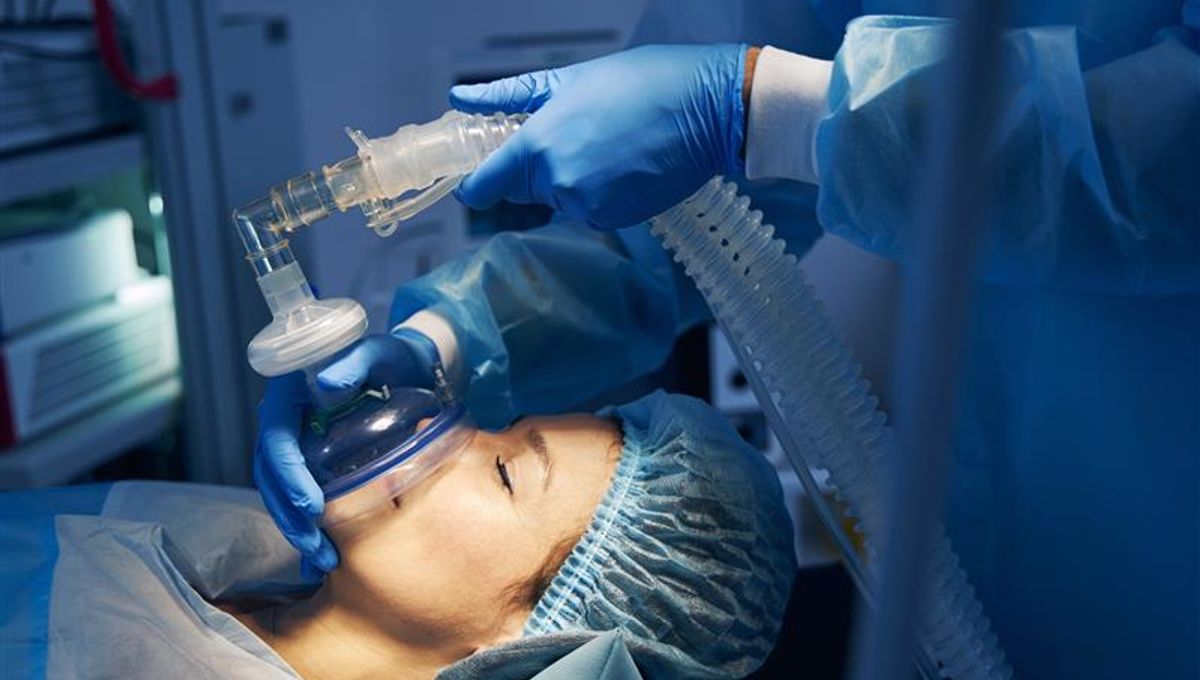
General anesthesia has been performed countless times since it was first developed in the late 1840s. Its introduction into medicine was revolutionary, allowing surgeons to perform increasingly complicated procedures on patients who no longer had to endure painful surgery while awake. However, would you believe me if I told you that, 180 or so years since they were first developed, we’re still not completely sure how anesthetics work?
To be sure, we know a lot about their workings and how they make us lose consciousness, but there are still questions about the finer details. But this may be about to change, at least according to the results of a new study. The researchers found that anesthetic drugs seem to only affect certain parts of the brain associated with keeping us alert and awake.
While examining fruit flies, a team of researchers from the University of Queensland, Australia, found that anesthetic drugs interact with specific neurons in our brains.
Humans have around 86 billion neurons in their noggins, but not all of them are the same. This is the mechanism that allows general anesthetics to work.
In essence, we have two types of neurons in our brains – excitatory and inhibitory neurons. The former are responsible for keeping us alert and active, while the latter regulate and control the excitatory ones. Throughout our days, the two types are working to balance one another out until it is time to go to sleep.
This is why we become increasingly tired as the day goes on. The inhibitory neurons gradually start to quieten down their excitatory counterparts which would otherwise keep us awake.
General anesthesia operates in a similar way. It speeds up the process by silencing the excitatory neurons – when you’re told you’ll be “put to sleep” by the anesthetist, that’s basically what is happening.
But this is only part of the explanation. As Adam D. Hines, one of the study’s authors, recently wrote in The Conversation, “[w]hile we know why anaesthetics put us to sleep, the question then becomes: ‘why do we stay asleep during surgery?’. If you went to bed tonight, fell asleep and somebody tried to do surgery on you, you’d wake up with quite a shock.”
This is the piece of the puzzle that has eluded explanation. At the moment, there is no general consensus as to why anesthesia keeps people asleep. The best explanation to date has been that the drug stops neurons from communicating with one another.
But the research presented by Hines and his colleagues suggests that only excitatory neurons are muted by anesthetics, not inhibitory ones. Although this is not a completely new discovery, the team’s work has added evidence explaining why it is only these neurons that are affected.
How neurons talk
Neurons communicate by way of neurotransmitters that essentially serve as chemical messengers. These neurotransmitters – such as dopamine, adrenalin, and serotonin – are released from neurons by certain proteins that come into play as needed.
It seems general anesthesia limits the ability of these proteins to release neurotransmitters in the excitatory neurons. To test this mechanism, Hines and his colleagues observed fruit flies through a super resolution microscope which allowed them to directly see how general anesthesia affected their proteins at a molecular level.
Although excitatory and inhibitory neurons both produce proteins that are very similar, there are subtle differences between them.
“This is kind of like having two cars of the same make and model, but one is green and has a sports package, while the other is just standard and red. They both do the same thing, but one’s just a little bit different,” Hines explained.
“Neurotransmitter release is a complex process involving lots of different proteins. If one piece of the puzzle isn’t exactly right, then general anaesthetics won’t be able to do their job.”
Ultimately, the teams work shows that anesthetic drugs cause global and successive bouts of inhibition across the brain by reducing neuroexocytosis from excitatory neurons and by silencing arousal systems through specific potentiation (the persistent strengthening of synapses based on recent patterns of activity).
The next steps will involve figuring out exactly why this occurs in only excitatory communication.
The paper is published in The Journal of Neuroscience.
[H/T: The Conversation]
Source Link: New Insights Into The Enigmas Of General Anesthesia Discovered After 180 Years